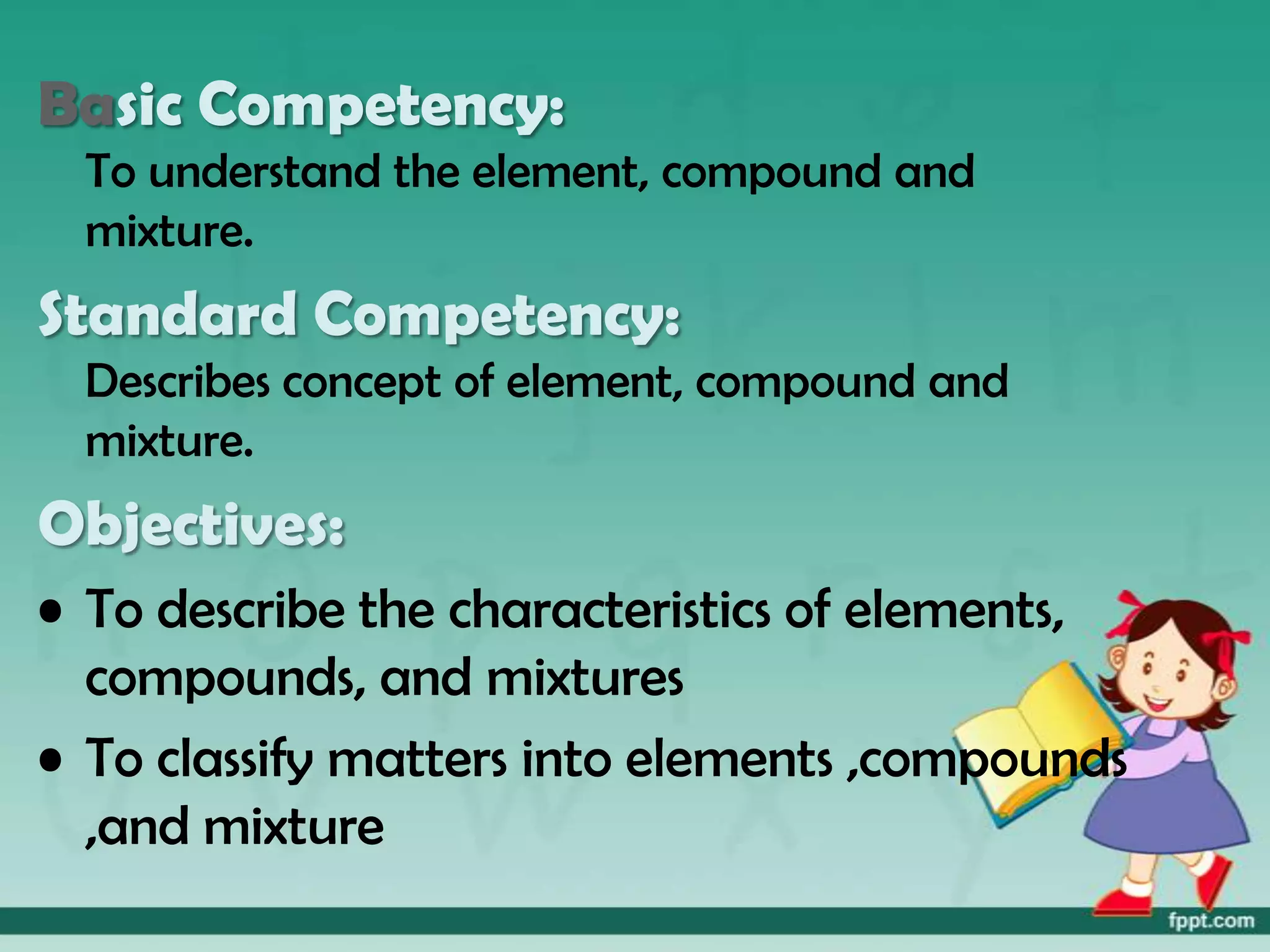Here are the key points about homogeneous and heterogeneous mixtures:
- Homogeneous mixtures have uniform composition and appearance throughout. Common examples include solutions.
- Heterogeneous mixtures have visibly distinct parts that can be seen without using a microscope. The substances do not dissolve or blend uniformly.
- Homogeneous mixtures are examples of single phase systems while heterogeneous mixtures contain two or more phases (solid, liquid, gas).
- Sugar solution is an example of a homogeneous mixture where sugar is dissolved uniformly throughout the water. Water and oil is an example of a heterogeneous mixture since the substances do not dissolve in each other and remain as separate visible layers.
The key difference is that homogeneous mixtures appear uniform while heterogeneous mixtures have distinct parts


























